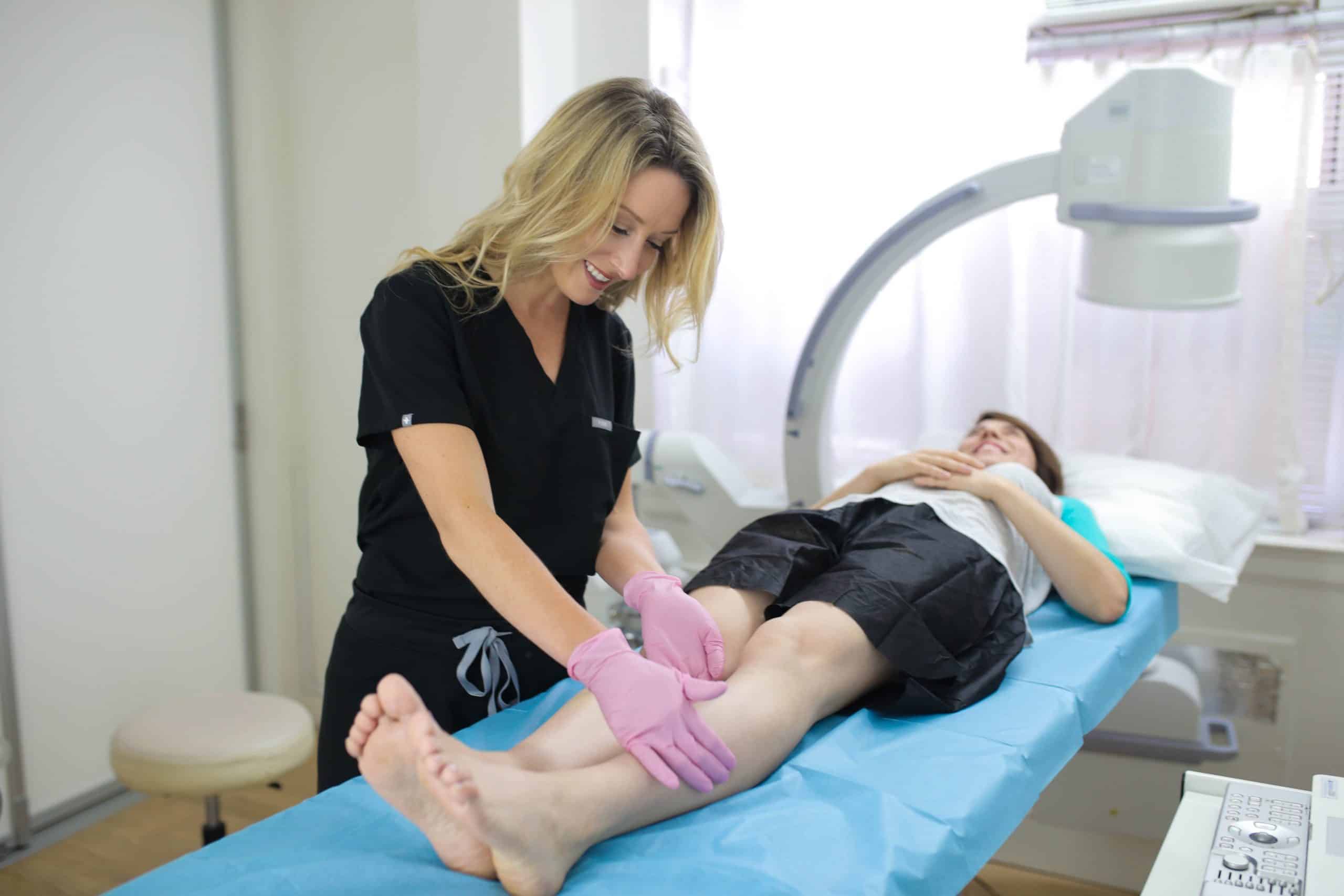Many people are affected by varicose veins; the veins can be a cosmetic issue in many cases, but the problem can be worse for many people. In most cases, the cause can be genetic. Varicose veins are not harmful, but you should not ignore those swollen, twisted, and bulging veins in the legs and immediately consult a doctor. Untreated varicose veins can lead to severe health problems.
When to seek treatment for varicose veins?
A vein sends blood back to the heart, working against the gravitational force. When the blood pools in the legs, it causes vein diseases to occur. Chronic venous insufficiency occurs when blood flows in the wrong direction because the one-way valves in the veins stop working. These ineffective valves cause blood to pool in the legs in extremities which then causes symptoms like pain, itching, swelling, cramping, or skin discoloration.

However, the disease can lead to severe problems, including chronic swelling and ulcers. Ulcers can develop into open sores with time, which is not good. Sometimes you may not have any bodily symptoms, but symptoms are still present.
Minimally invasive treatment options
In the past ten years, there has been a tremendous advancement in the treatment of varicose veins, and vein stripping, which involves removing a problematic vein under general anesthesia, is no longer necessary. Most problematic veins, from the minor varicose to the largest ones, can be treated without surgery, and it is done with the help of these minimally invasive procedures. The use of heat, adhesive, or a solution injected directly into the veins is some of the recent techniques.
Varicose vein treatment is created according to the patient's needs. Depending on your specific vein issue, your treatment plan can include a single or a combination of procedures. The treatment for varicose veins is frequently compensated by insurance when vein disorders create health issues. However, in some circumstances, therapies are viewed as cosmetic. Consult your insurance provider about your insurance coverage for vein treatment.
Your doctor will first provide compression therapy, the most conservative treatment option. They are designed to apply specific pressure to the legs to soothe pain, discomfort, and swelling, do not require a prescription, and promote blood circulation.
Treatment Options:
- Endovenous ablation procedure that uses heat in the form of radiofrequency or laser energy to burn the diseased vein and transfer the blood to the other normal veins.
- Those with problematic veins close to the skin's surface should choose the non-heating medical adhesive VenaSeal.

- During sclerotherapy, a tiny needle injects a solution into the damaged veins, causing them to tighten and collapse. It is an outpatient procedure so patients can return to their daily routines.
- Another less invasive procedure is microphlebectomy, which makes tiny nicks in the skin through which the doctor removes the problematic vein. Because of the few incisions, local anesthesia is used, and no stitches are necessary. The best candidates for this method are prominent, protruding veins. Most individuals use compression socks for a week but can walk immediately afterward.
Conclusion:
You can remove the veins if it is affecting your daily life. Removing a varicose vein will not impact the blood flow because other veins do the job for the closed or removed vein. Book an appointment now and learn "What are the treatment options for varicose veins?"
Article source : https://www.healthandhealthytips.com/can-varicose-veins-be-treated-without-surgery/





